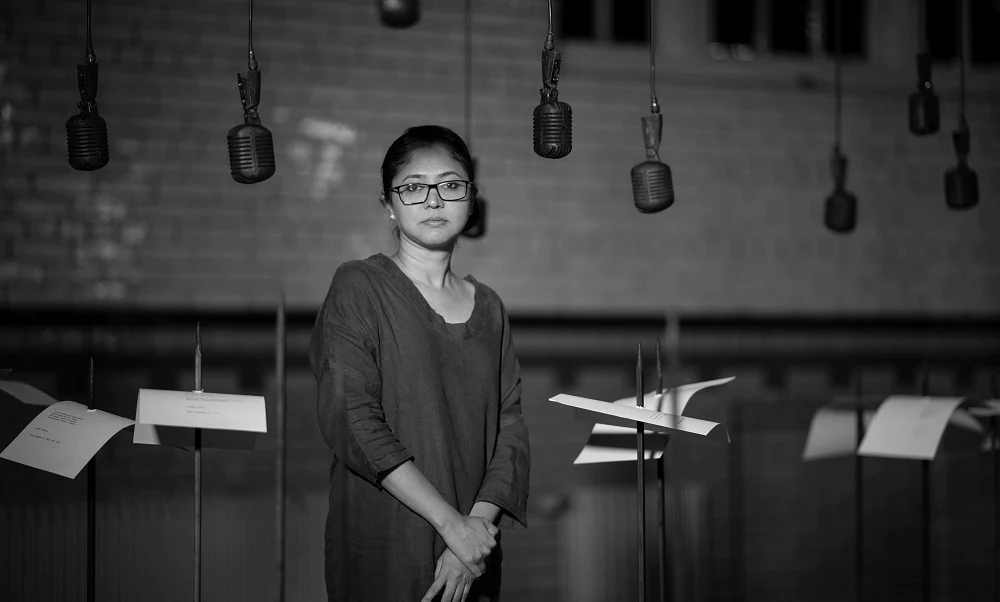What kind of world do we inhabit right now? In the past few years, instances of refugee crisis, border issues and forced relocations have ravaged the lives of countless people making one confront the immensely iniquitous and divided countenance of our societies. Yet, amidst all this, how might solidarities be unearthed, imagined, and built? What role can art play in exposing these concerns and mending them? The work of the contemporary artist Shilpa Gupta is addressing precisely these concerns.
Shilpa Gupta Artist
Born in 1976, Shilpa Gupta studied sculpture at the Sir J. J. School of Fine Arts from 1992 to 1997. She continues to live and work in Mumbai. Gupta is an acclaimed artist. In 2011, Gupta was the recipient of the Bienal Award, Bienal De Cuenca, Ecuador; in 2004 she was the recipient of the Transmediale Award, Berlin, and the Sanskriti Pratishthan Award, New Delhi. She was also named International Artist of the Year by the South Asian Visual Artists Collective, Canada. Shilpa Gupta art has been displayed in Tate Modern London, Museum of Contemporary Art Chicago, Centre Pompidou Paris, and Mori Art Museum Japan, among others.
Shilpa Gupta Artwork Theme
Quintessential Shilpa Gupta art communicates the impact of dominant forces acting on local and national communities as well as understanding how objects, places, people, and experiences are defined, and asking how these definitions are played out through the process of classification, restriction, censorship, and security. Her artistic practice involves an eclectic range of mediums right from found objects and everyday materials to video, interactive computer-based installation, and performance. For Shilpa Gupta, this diversity in medium apart from its necessity to address variegated concerns is simultaneously also an attempt at avoiding the weight of a style which might become restrictive.
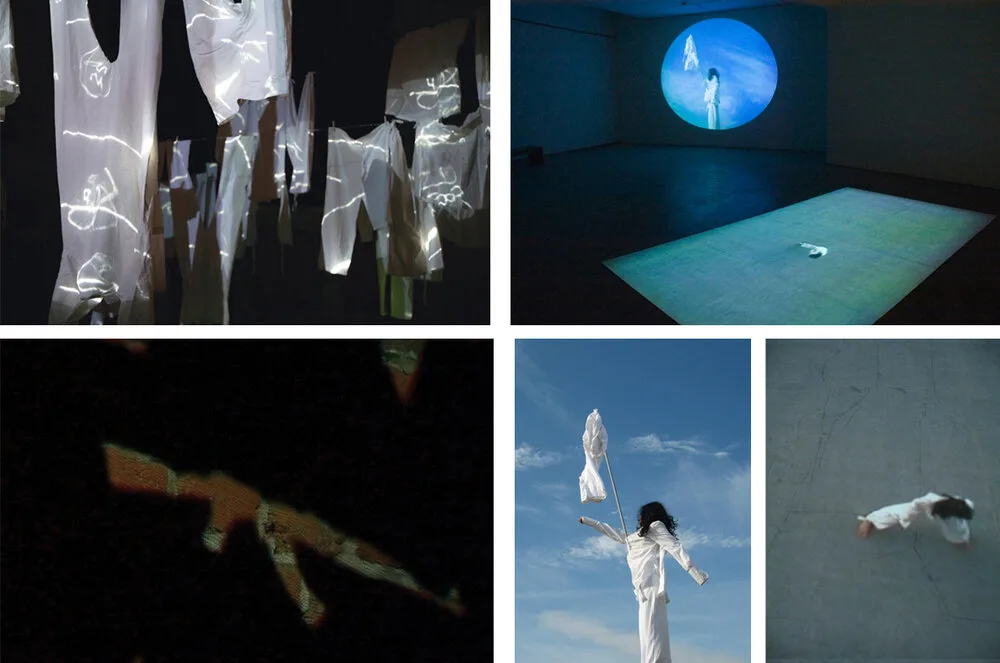
Notable Shilpa Gupta Art
Throughout her career, artist Shilpa Gupta has raised the themes of religion, prejudice & discrimination, displaced communities (akin to Zarina Hashmi), border security, and censorship. As much as we would love to talk about every installation, and every project in detail, it would be non-exhaustive. But we will definitely talk about some of the pieces which continue to influence not only us but numerous artists across generations.
blessed-bandwidth.net
Over her career, the creative use of technology has been central to Shilpa Gupta art, used sparingly. In 2001, she created an internet artwork titled ‘blessed-bandwidth.net’ commissioned by Tate Modern whereby she put up a website in place which invited the viewers to be blessed online via online pages linked via a cable which she carried to various sites of worship. The website consisted of several thousand links which the visitor could use to offer prayer and download images of Holy waters from different religions. At once an exploration of the changing contours of religion in the increasingly technologized world, this Shilpa Gupta artwork is also a commentary on the persistent prejudices and dogmas of religion despite civilizational progress.
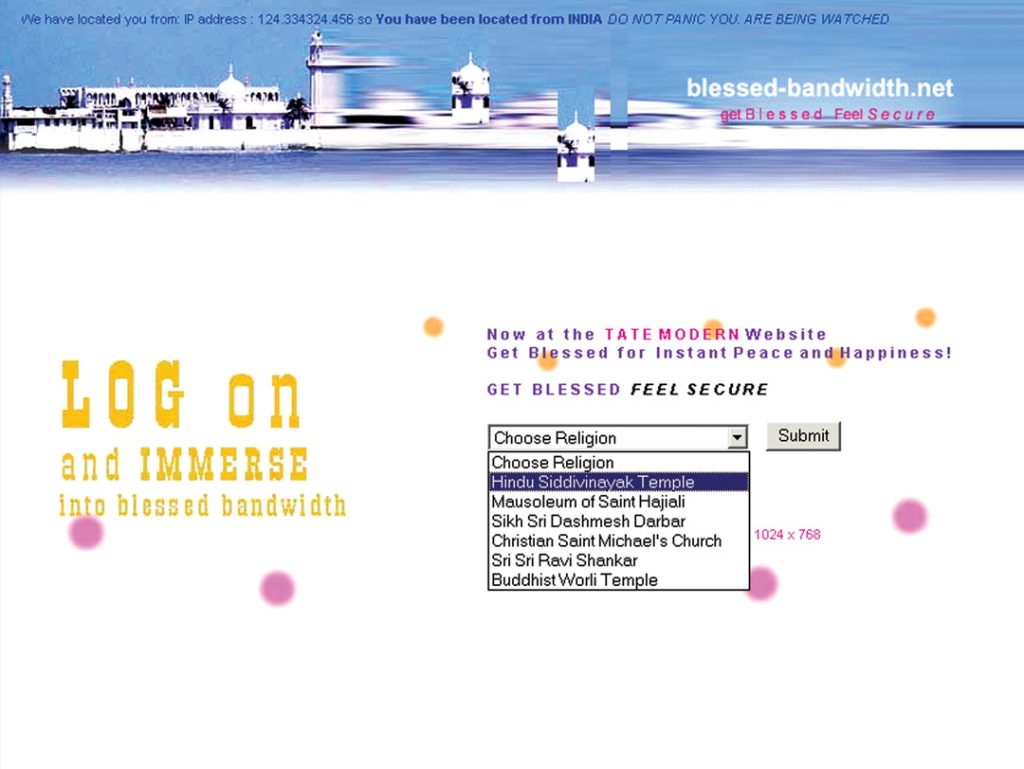
Threat
Shilpa Gupta tries to push the boundaries of art practice by allowing the audience to shape and often convey the meaning of her works, much like Yayoi Kusama‘s interactive Obliteration Room. In her 2009 installation ‘Threat’, which was a wall made of bars of soap that mimic the appearance of bricks and imprinted with the single word of the title, every viewer was invited to take a bar home so that the wall slowly disappears and, as each bar is used, the embossed “threat” is neutralized and eventually erased.
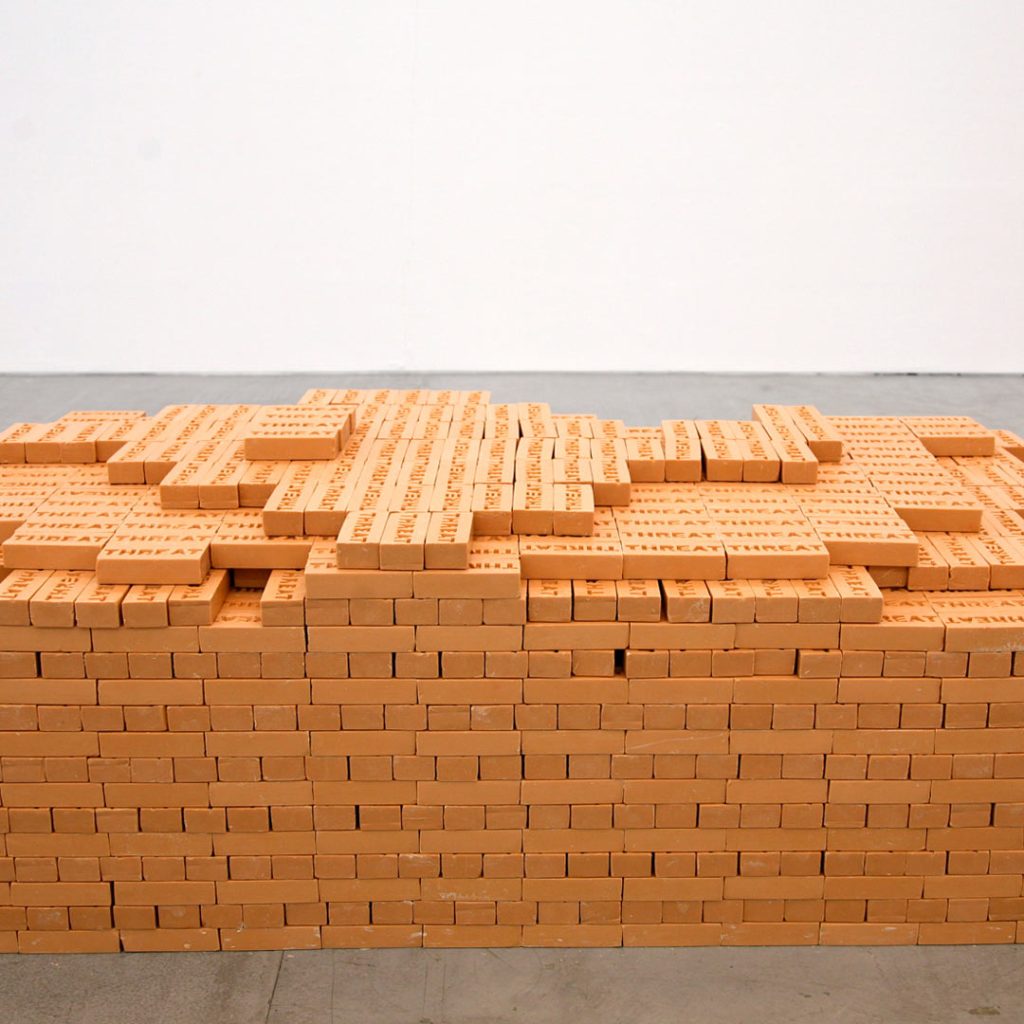
In Our Times
The issues of displaced communities and borders have consistently been represented in Shilpa Gupta’s work. For instance, she has created several projects mapping the effects of the 1947 partition and she was one of the artists leading the Aar Paar project (2002-2004), which sent works by various artists across the India-Pakistan border, to be displayed in everyday public spaces. ‘In Our Times’ (2008) is one of Shilpa Gupta artworks which stands for these issues. The installation consists of two microphones at the ends of a pole that swings back and forth, emitting the inaugural independence speeches from 1947 by Mohammed Ali Jinnah of Pakistan and Jawaharlal Nehru of India. These speeches were suffused with hope, reflected the similarities and differences in their two visions, and questioned the political decisions in which both the leaders were implicated, ultimately allowing the citizens of the two countries to rethink their shared histories and legacies.
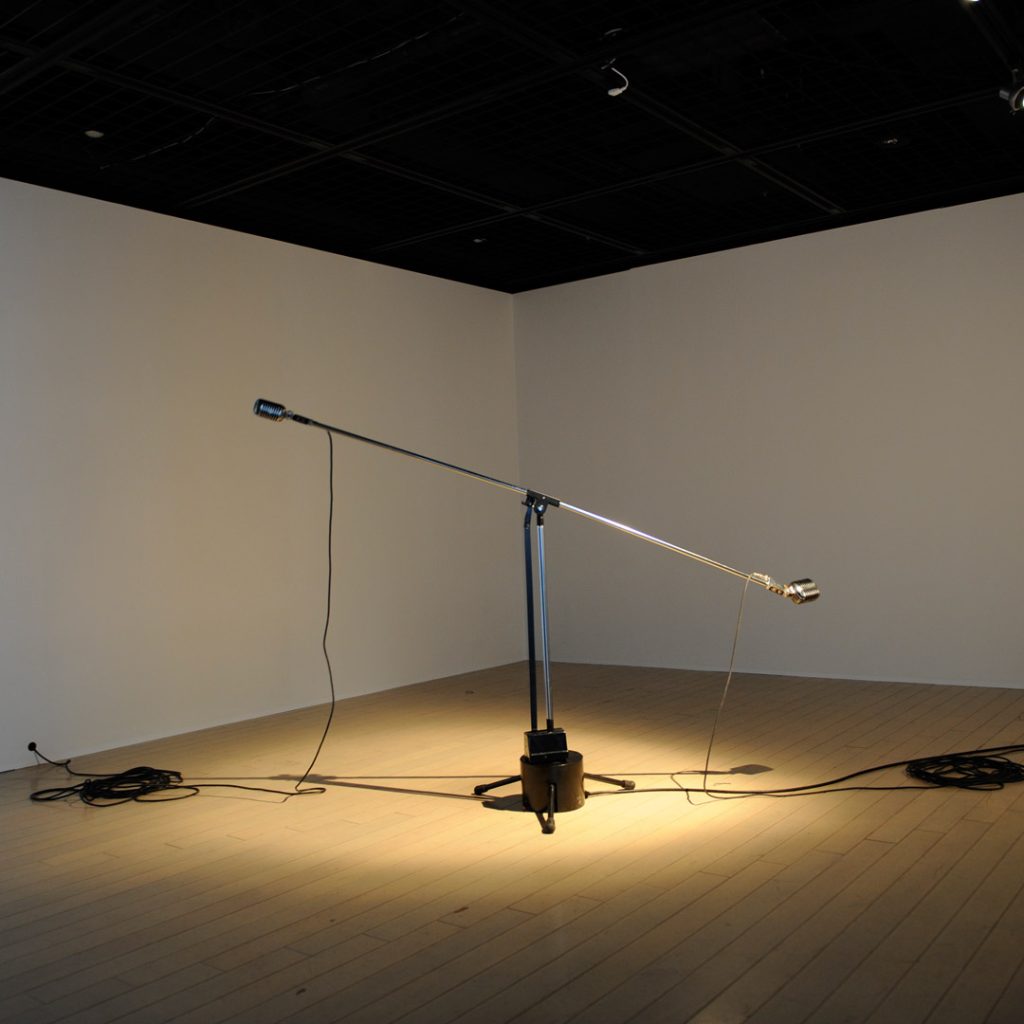
For, in your tongue, I cannot fit
One of artist Shilpa Gupta’s most interesting and incisive works from the latter half of the last decade involved addressing the issue of censorship perhaps given the volatile environment of the nation around that time which saw the blatant and unjust incarceration of journalists, artists, writers, and activists. The work titled ‘For, in your tongue, I cannot fit’ is a sound installation comprising 100 microphones suspended over 100 metal rods, each piercing a verse of poetry. These verses belong to 100 poets, coming from different nationalities and languages, imprisoned for their writings or political positions from the 7th century to the present day. The poem of 14th-century Azerbaijani poet Nesimi inspired the title of Gupta’s sound installation, which has been part of the major exhibitions around the world asserting the idea of freedom of expression and speech.
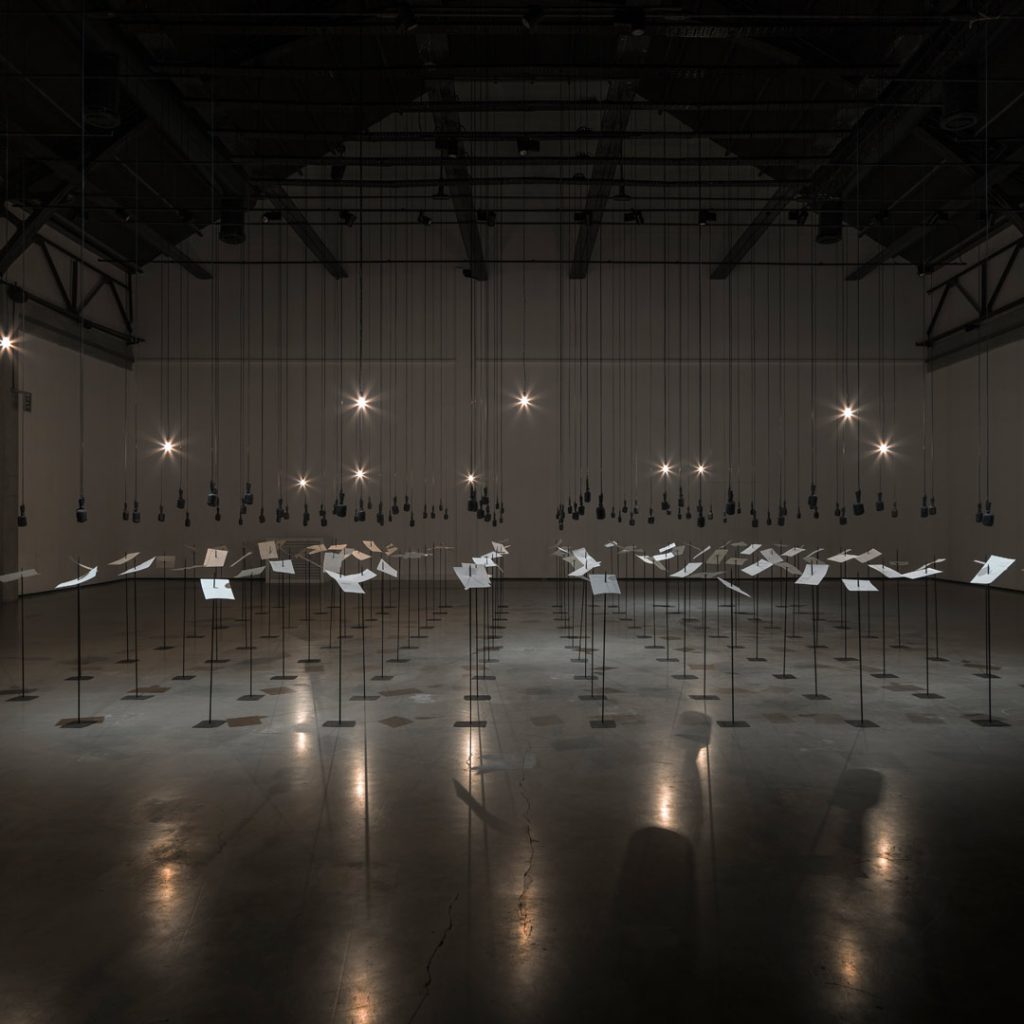
Over an hour, each microphone recites a fragment of the poets’ words, spoken first by a single voice and then echoed by a chorus which shifts across the space. Shilpa Gupta’s intriguing microphones, which one noticed also in ‘In Our Times’, are fitted with speakers that augment the idea of the microphone from something that is simply spoken into to something that is also a means of broadcasting at a larger scale.
Shilpa Gupta’s eclectic artistic practice cannot be done justice to in a single article. Her multimedia practice excavates cultural history, reclaims the vitality of lost literature as well as presents the futility of borders while constructing new avenues for solidarity. As an artist who constantly rejuvenates her oeuvre with newer questions and mediums – to use another art critic’s words for her work – “It is worth to wait and watch what silences Gupta illuminates with her forthcoming works to turn a new leaf in history.”
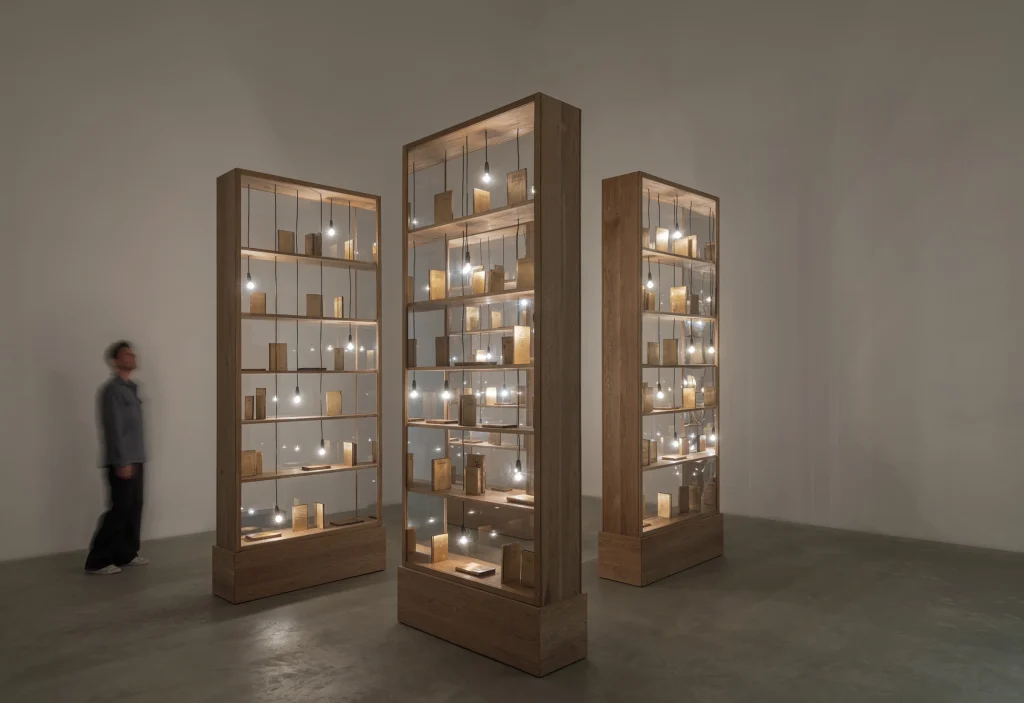
Courtesy – Tanya Bonakdar Gallery
At present, Shilpa Gupta artwork titled ‘I did not tell you what I saw, only what I dreamt’ is being exhibited at Amant, Brooklyn. The show is curated by Ruth Estévez. She will also be featured in her first-ever exhibition in Spain at the Centro Botín, Santander. Her solo show ‘I Live Under Your Sky Too’ is curated by Bárbara Rodríguez Muñoz.
Image Courtesy – Great Banyan Art
Artists Raise Humanitarian Concerns for Gaza Amidst War between Israel and Hamas
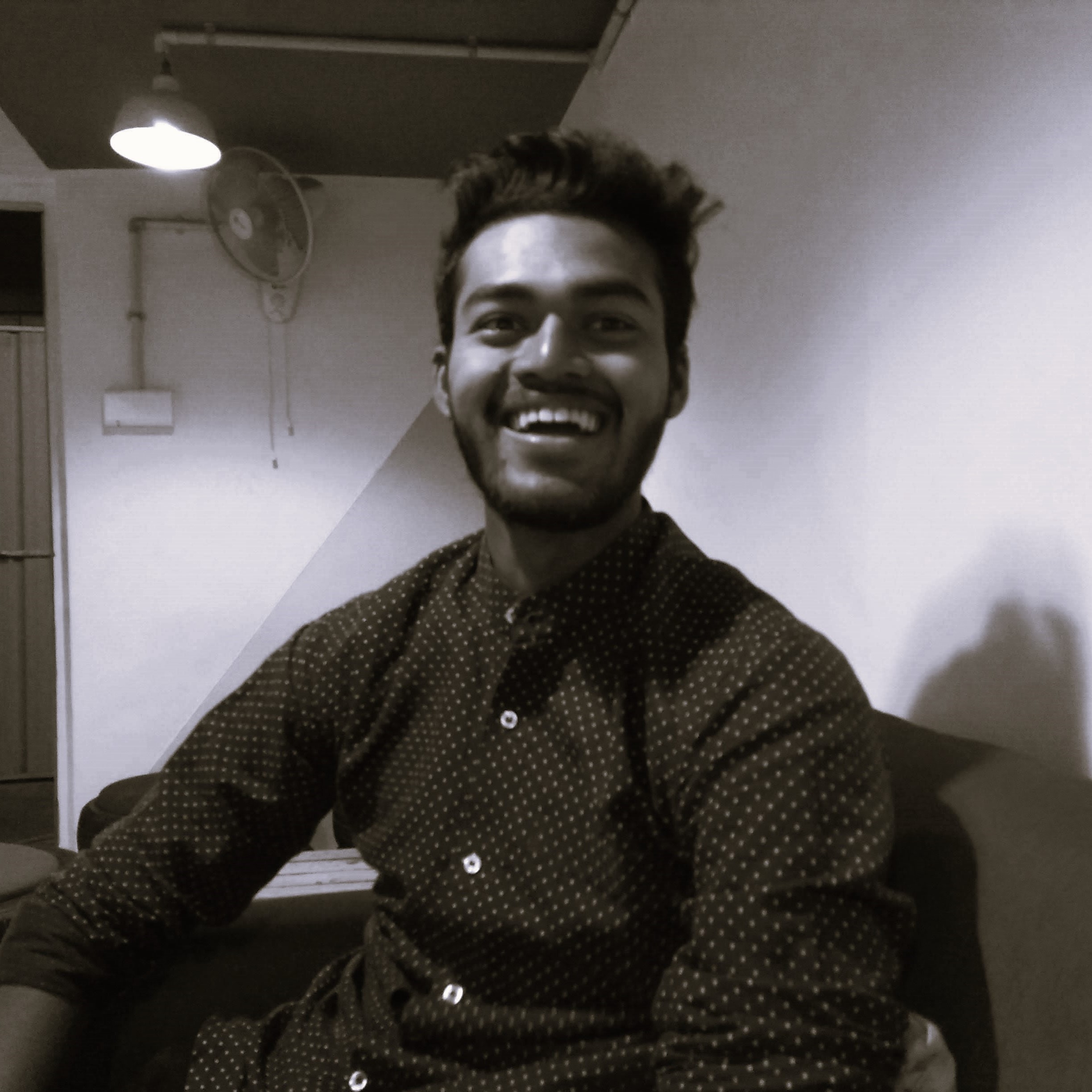
Contributor

